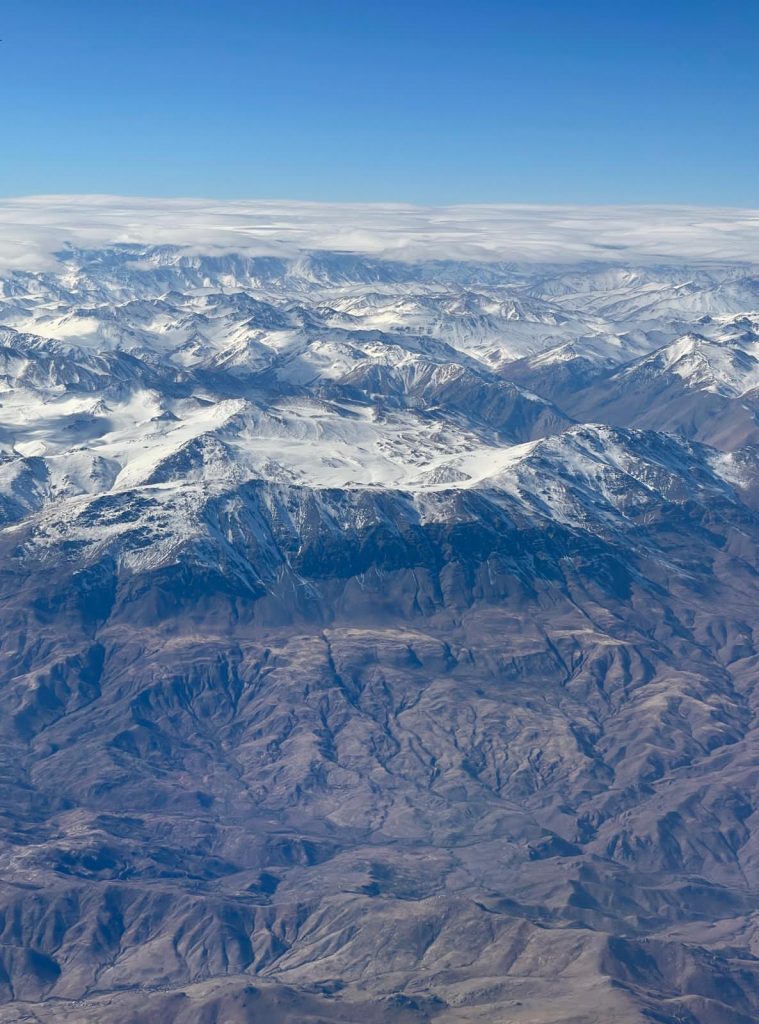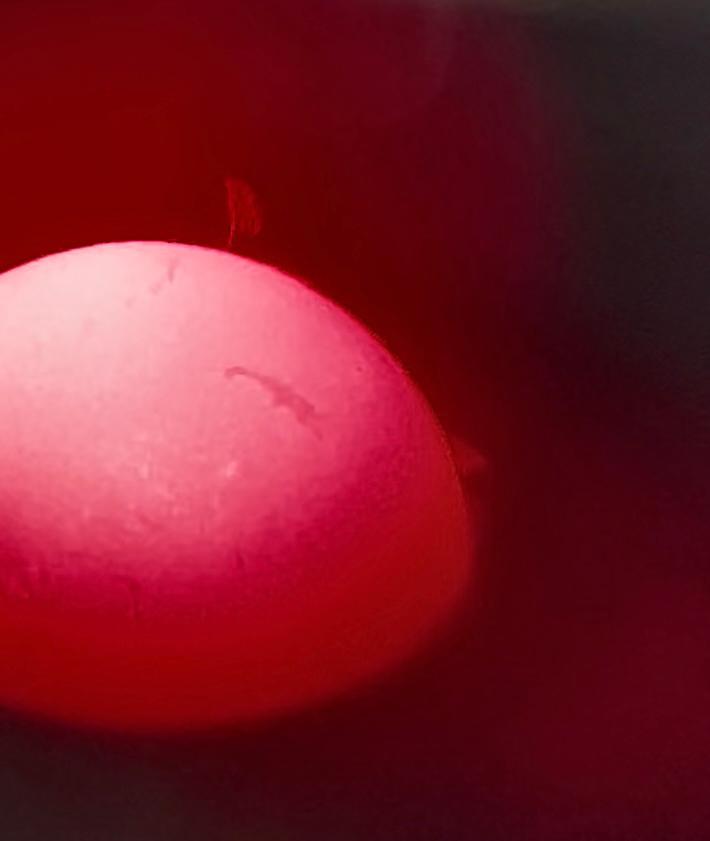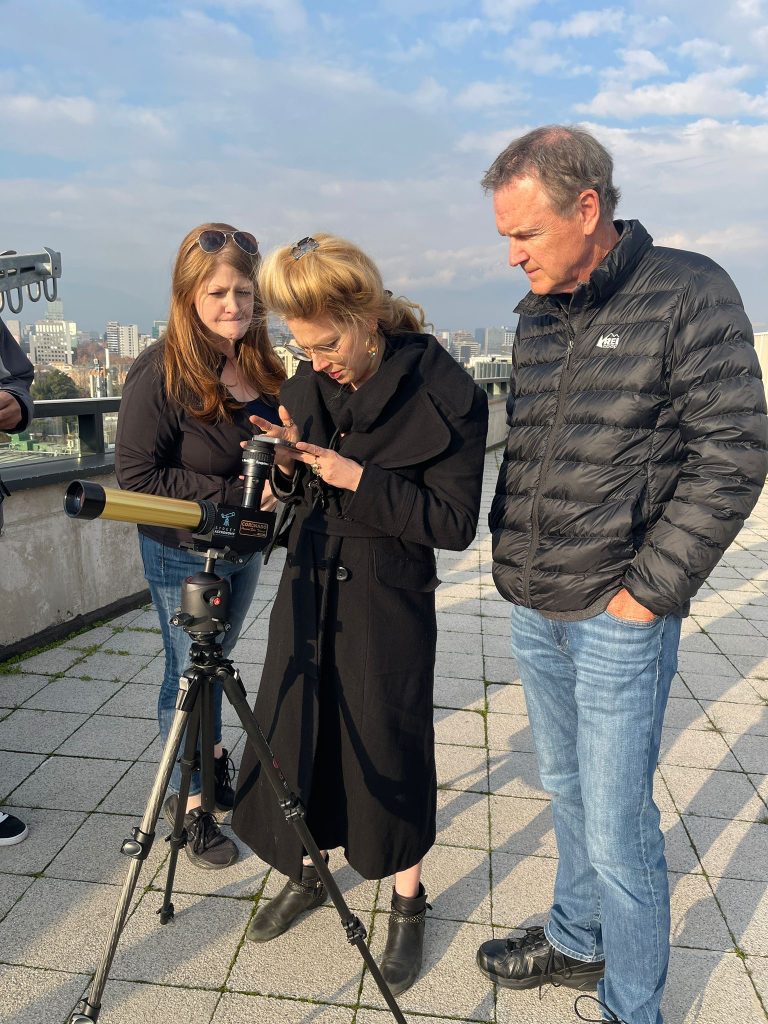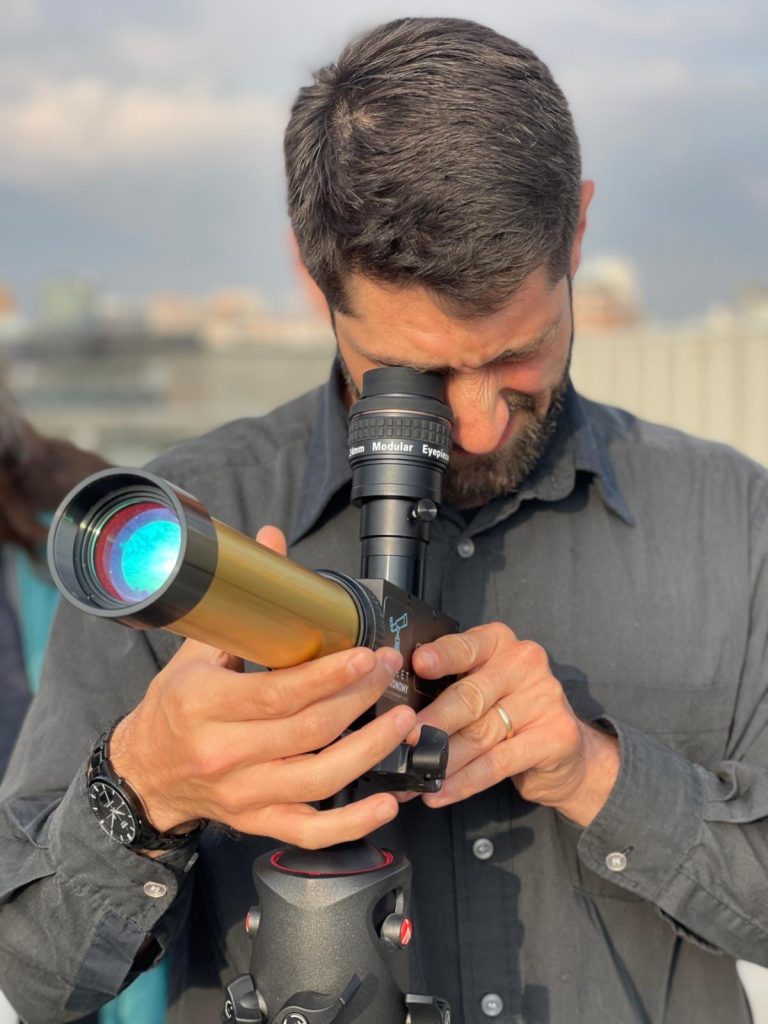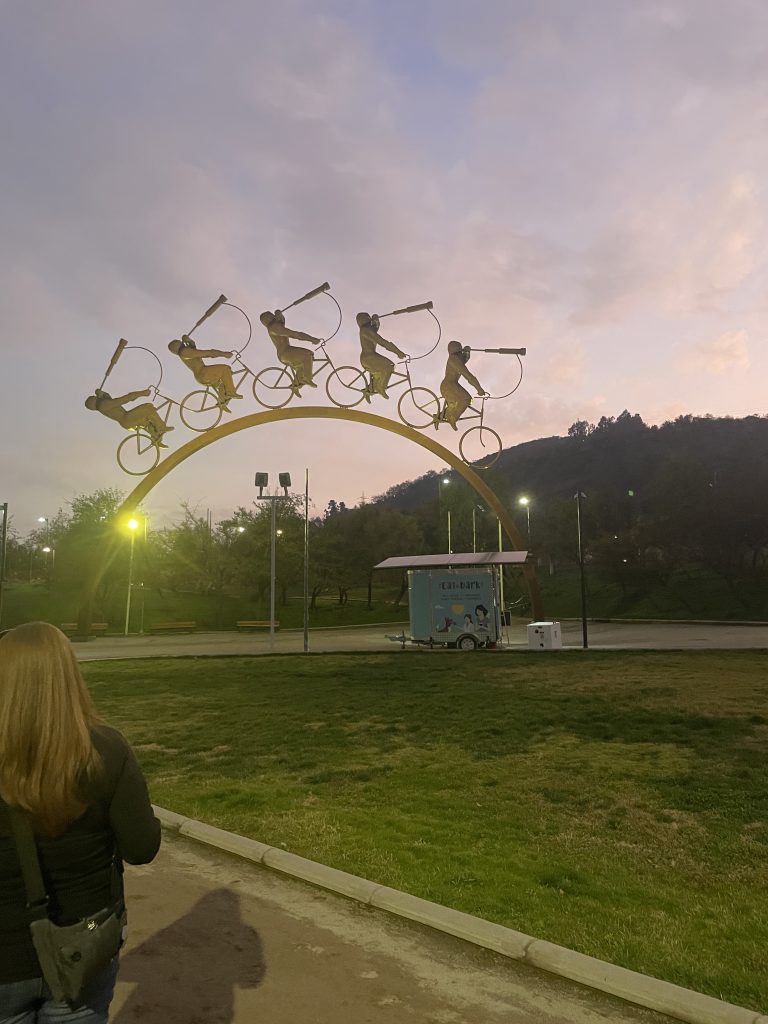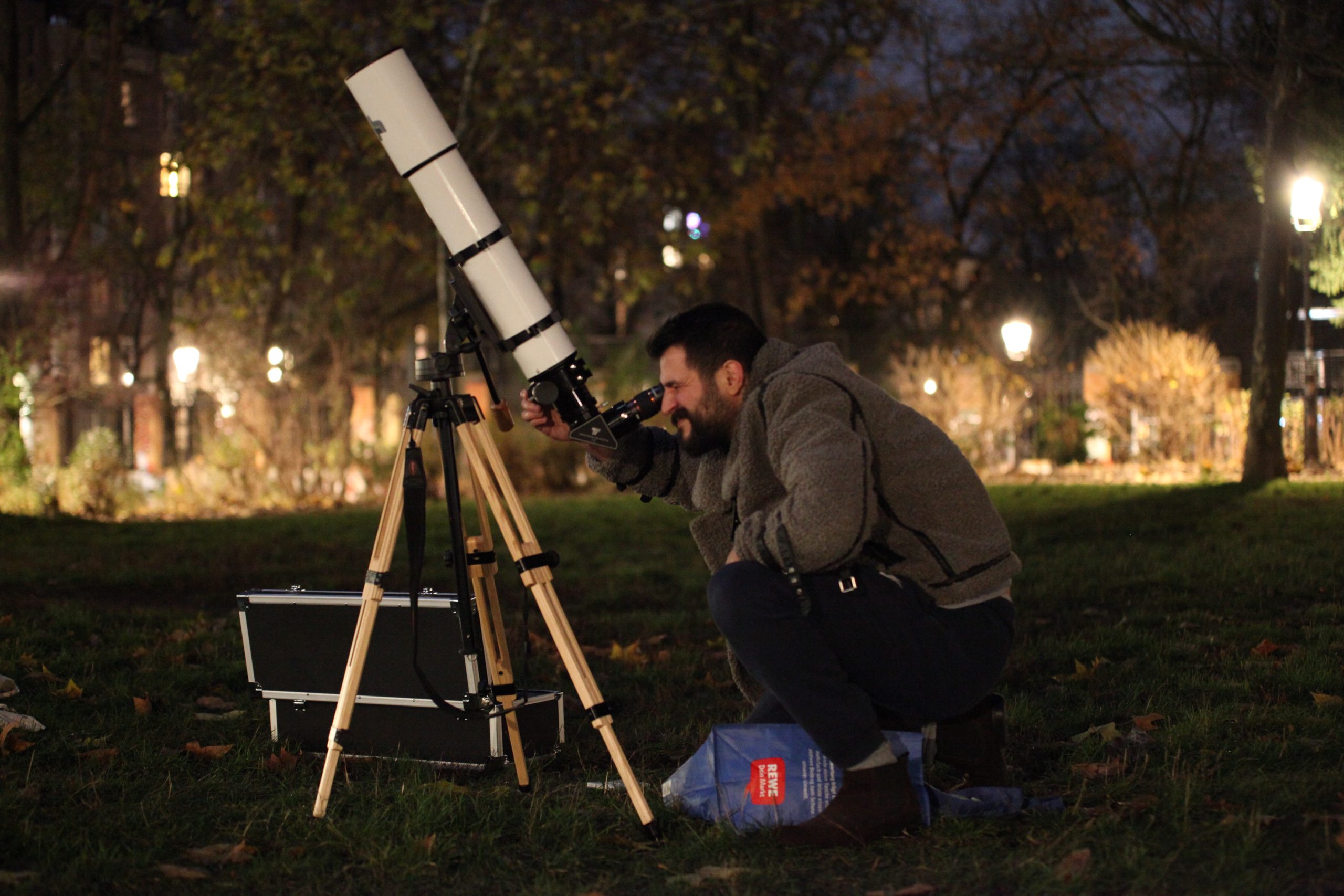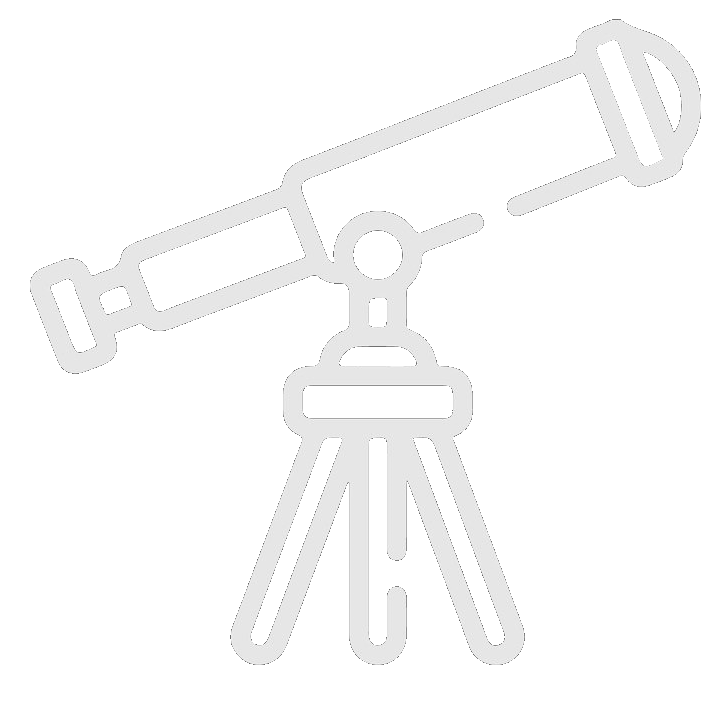Where the world’s largest telescopes live
I’ve been invited on a 9 day tour of some of the world’s biggest telescopes. ALMA, AURA, CTIO, and the new Vera C Rubin. The program is called ACEAP – Astronomy in Chile Educator Ambassador Program.
Our goal is to meet the scientists and researchers that make modern astronomy possible. We’ll take tours, learn about their work, and share what we learn back home.
The largest single financier of these telescopes is the United States’ National Science Foundation. They contribute as much as all the countries in Europe combined.
The Vera C Rubin telescope was just turned on last week. Those zerodur eyeballs, the size of our myths, they look up. Will we turn away from science, shutter the telescopes, and use the money instead to consume each other?
“if everyone’s so sure, what’s above and below us, then maybe we all buy in, and make our own collective end”
Can telescopes save the world?
7 years I’ve asked myself this question. 7 years I’ve asked others to join me, and a few have. And for 7 years, I’ve observed what happens when someone simply sees the moon craters for the first time. What is the right place to put a telescope? On a mountaintop in the desert, among the stars? Or on a loud busy street, in the glare, in the glow, among the others?
On this trip, I would like to look up again myself, and remember the beauty of the stars. To say mucho gusto. To propose to these professional astronomers that we take a telescope to the streets of Santiago tonight.
The cabin lights brighten to disturb us. A turbulent bump jolts the luggage above me.
The searing ache of fitful upright sleep. The aroma of preserved, burnt coffee, reconstituted for my tasting pleasure. A 15 hour flight, there’s no making this comfortable. My memory of the journey is faint and ephemeral, dreamlike.
I hear the hydraulics whine as they deploy the landing gear. A deep inhale, I’m ready.
Later, I meet my expedition partners at the headquarters of the Atacama Large Millimeter Array (ALMA). We take our seats around a conference room table and some boxes of pizza.
I‘m surrounded by a mix of people from around the world who have contributed to the field of astronomy, both professionally and as educators. Take for example, Laura May Abron, who works at the Griffith observatory, and leads countless days of outreach with her solar scope.
Or Mark Johnston, an astrophotographer with 175,000 followers on instagram. He joins us directly from the grand canyon star party, where 2.500 people looked through his telescope in 4 days.
Today, we discuss the details of our itinerary. We‘ll visit all the big telescopes in Chile that are funded by the national science foundation. Here‘s some highlights about ALMA:
-It‘s a radio telescope composed of 66 satellite dishes
-It‘s at 5.000 meters altitude
-Each of the dishes are mobile, they can be moved to different configurations for different observations
-The signal from each of these dishes are added together by a supercomputer called The Combinator
-This allows us to study very cold, very far away clouds of gas
-Yes, this is the telescope that gave us the first ever image of a black hole!
As the day winds down, Laura May checks the space weather – the real time solar activity. A major solar prominance has just appeared, and she’s not home to see it. Colleagues write her emails that she’s missing out. I reach into my backpack and pull out my Coronado Personal Solar Telescope. Then we dash up the stairs to the rooftop for a look!
„I‘m so relieved you brought this“ Laura-May says. This tiny telescope can be deployed anywhere, anytime. Danes would say “Hvor som helst, Når som helst”
Let‘s see if we fit some street astronomy into our packed schedule. More to come!
